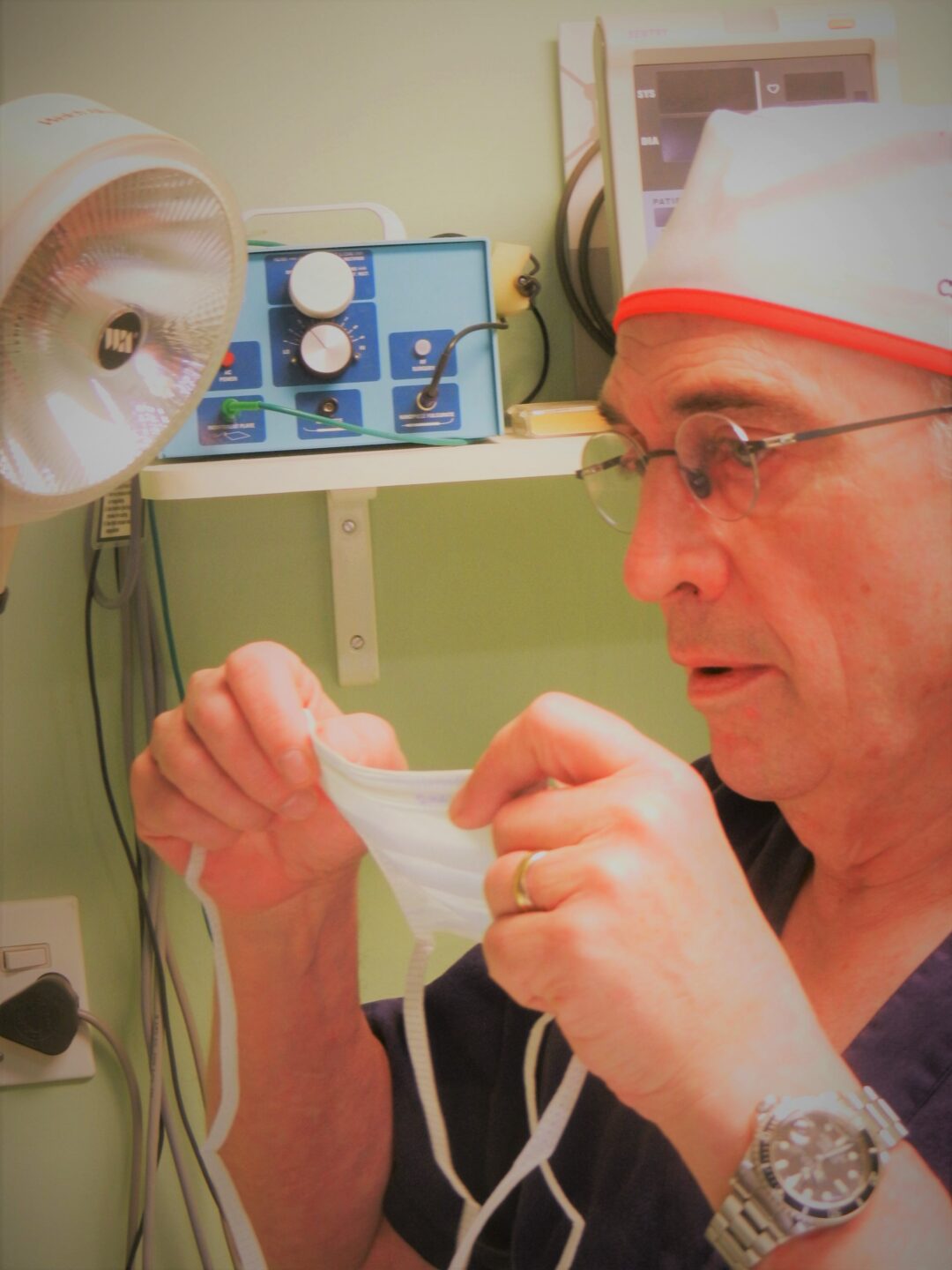What is Otoplasty?
This
operation is performed to improve the position or shape of the ears. In cases
where the ear is very prominent, a set-back of the ear is indicated. In other
cases there may be specific abnormalities of shape of the ear cartilage framework.

General Questions
Prior to
the operation, we explain in detail to the patient how the deformity is to be
corrected. This procedure is usually performed under general anesthetic in
children and local anesthetic with sedation in adults. Clearly it is the
patient’s decision whether a general or local anesthetic is utilized.
Through an
incision made on the posterior (back) surface of the ear, the cartilage
framework is exposed. The appropriate changes to the shape and prominence are
made and usually maintained with the use of permanent (non-absorbable) sutures.
The incision is then closed with dissolving sutures and a well padded bandage
applied right around the head. This bandage is usually kept in place for 1 week
and then replaced with a lighter bandage for another week.
This
procedure is not usually very painful afterwards. The average duration of
operating time in theatre for this procedure is +1 hours. Most patients go
home the same day.
Bleeding
and infection are possible complications. This is uncommon and can be dealt
with as and when the problem arises.
It is
extremely difficult to achieve absolute symmetry of the ears although one aims
for this.
On rare
occasions the sutures holding the cartilage framework in position do
occasionally tear loose. This can usually be repaired with a smaller procedure.
The scar at
the back of the ear usually heals extremely well and becomes almost invisible.
In a small group of patients, so called keloid (thick raised itchy) scars may
develop. This may require further treatment.
Before
surgery please do not take any products that contain Aspirin or large doses of
Vit.E for 3 weeks pre-operatively. If you take any form of over-the-counter
medication, please notify your doctor well before the operation.
Ideally smokers should stop smoking completely at least 2 weeks before the operation. If this is not possible we would request smokers to cut down to 3 – 4 cigarettes a day and abstain from smoking completely for 24 hours before surgery.
Please report any signs of a cold, infections, boils or pustules
appearing within 3 weeks of surgery.
The night
before and the morning of surgery we recommend washing your hair with Betadine
or an alternative antiseptic shampoo.
It is extremely important to rest for 3 — 4 days after surgery.
Any physically strenuous activity should be avoided. You may expect minimal to moderate pain and discomfort for the first few days post operatively. This will settle afterwards. The bandage is usually removed by the surgeon 1 week post surgery and replaced for another week.
After the final removal of the bandage, it is quite normal for the ears to feel numb. This numbness will disappear over time. It is also normal to feel a pins and needles type sensation with increased sensitivity over the scar area for 2—3 months post operatively. This usually settles completely.
Kindly note that the contents of page remain the intellectual property of Dr L. van Oudenhove